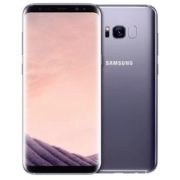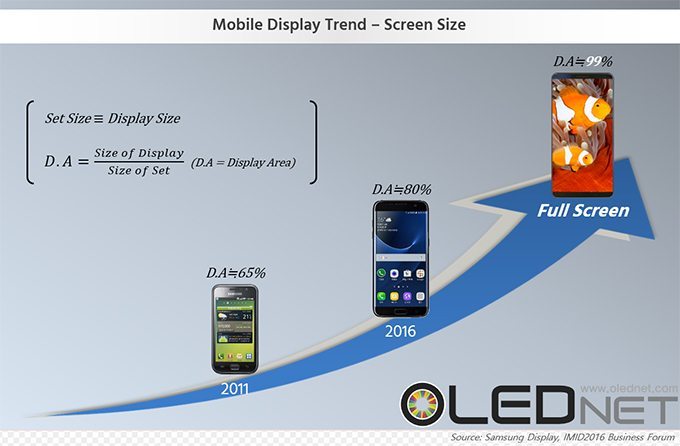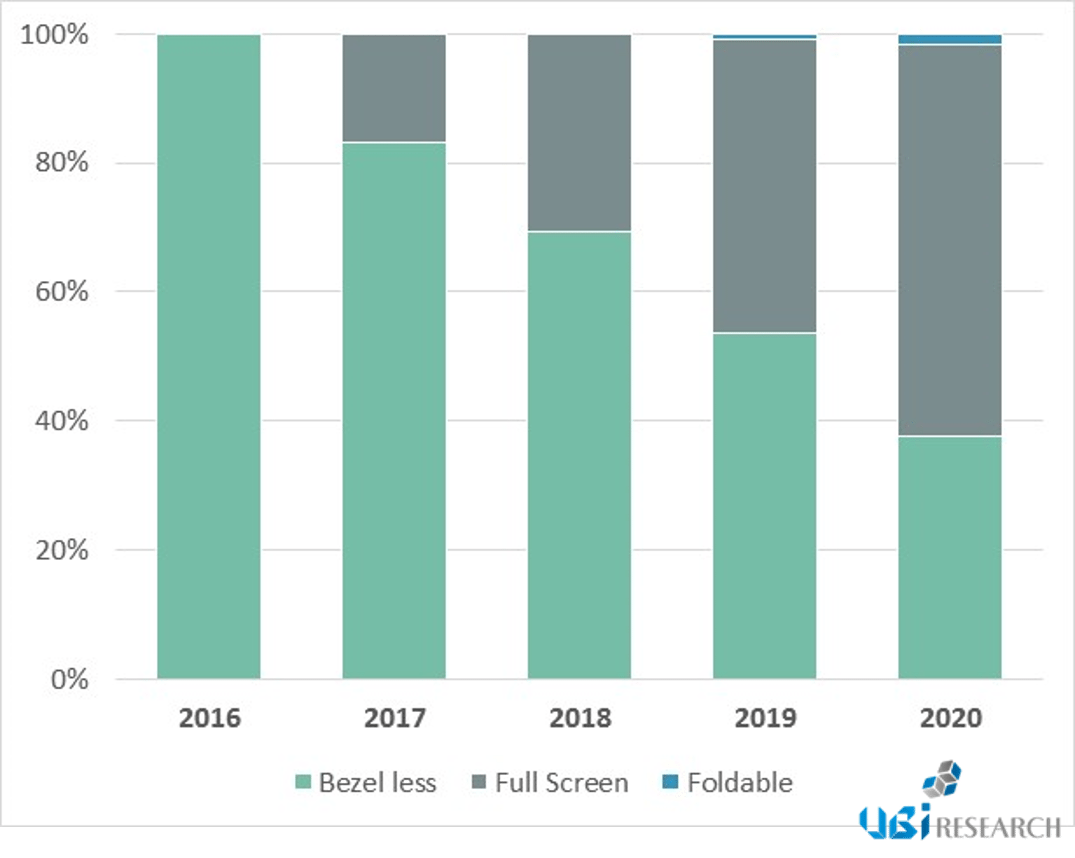Galaxy S8, 83.6% Display area implementation, 11.5% improvement over the previous model
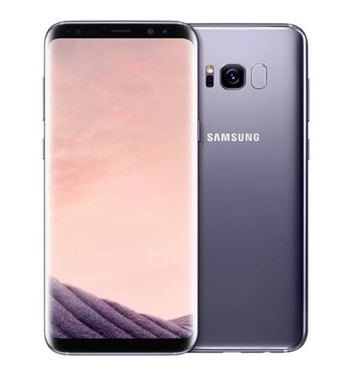
<Samsung Galaxy S8, Source: Samsung Electronics>
Samsung Electronics’ Galaxy S8 and S8 + were unveiled on March 29th (local time) at the UnPacked 2017 event in New York, United States. No doubt Galaxy S8 ans S8+ have received a lot of attention before the event.
Size-wise of the Galaxy S8 is not much different from the previous Galaxy S7. But the Galaxy S8 minimizes the bezel and removes the home button for the wider display. This way, Samsung Electronics meets consumers’ needs, offering stability of using a smart phone with one hand as well as high visibility.
The Infinity Display applies to the Galaxy S8 accounts for 83.6% of smartphones. The size of display has enlarged by 0.7 inches while the display area (the ratio of display to smart phone) has been increased by 11.5%. Additionally, Samsung applied black color and edge shape to bezel, causing an optical illusion with far wider view to consumers as if the entire smartphone solely composes of a display set.
Samsung has also expanded the screen ratio of the Galaxy S8 from 16: 9 to 18.5: 9 to immerse consumers maximally in virtual experience while viewing an image on the screen. In some cases, 16: 9 image contents are produced in 21: 9 (for a wide view) and have been gradually increased. Such contents on the smartphone may cause the users to feel confined and distracted by the top and bottom margin. However, the Infinite display fills the screen with full 21: 9 image contents to further enhance the mesmeric feel.
Resolution of Infinite display has been upgraded from QHD to QHD + as good as the screen ratio; Infinite Display has been certified as the first HDR premium for the first time in mobile devices.
Samsung revealed Galaxy S7 with 72.1% DA in 2016 as well as Galaxy S8 in 2017 with 83.6%, 11.5% increase in DA to the previous year. Samsung Electronics is gradually reaching DA 90% in the future smart phones; Market will pay more attention to the Samsung’s future product development.
Meanwhile, both Galaxy S8 and Galaxy S8 + are equipped with Bixby-intelligent interface, the world first 10 Nano processor, and 4GB RAM; S8 has a 3000mAh battery and S8 + has a 3500mAH battery, with biometrics and multi-window function.
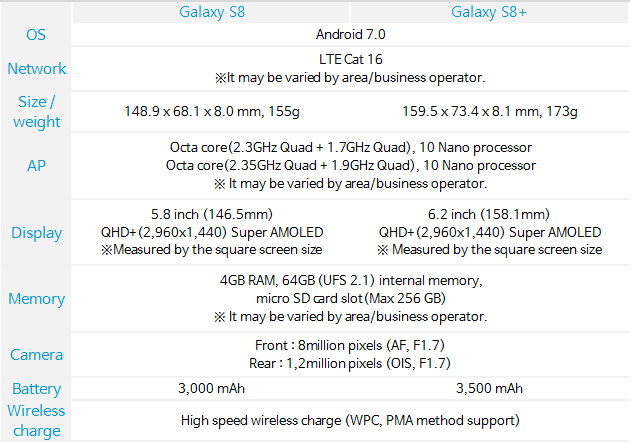
<Specification of Samsung GalaxyS8 and GalaxyS8+, Source: Samsung Electronics>

